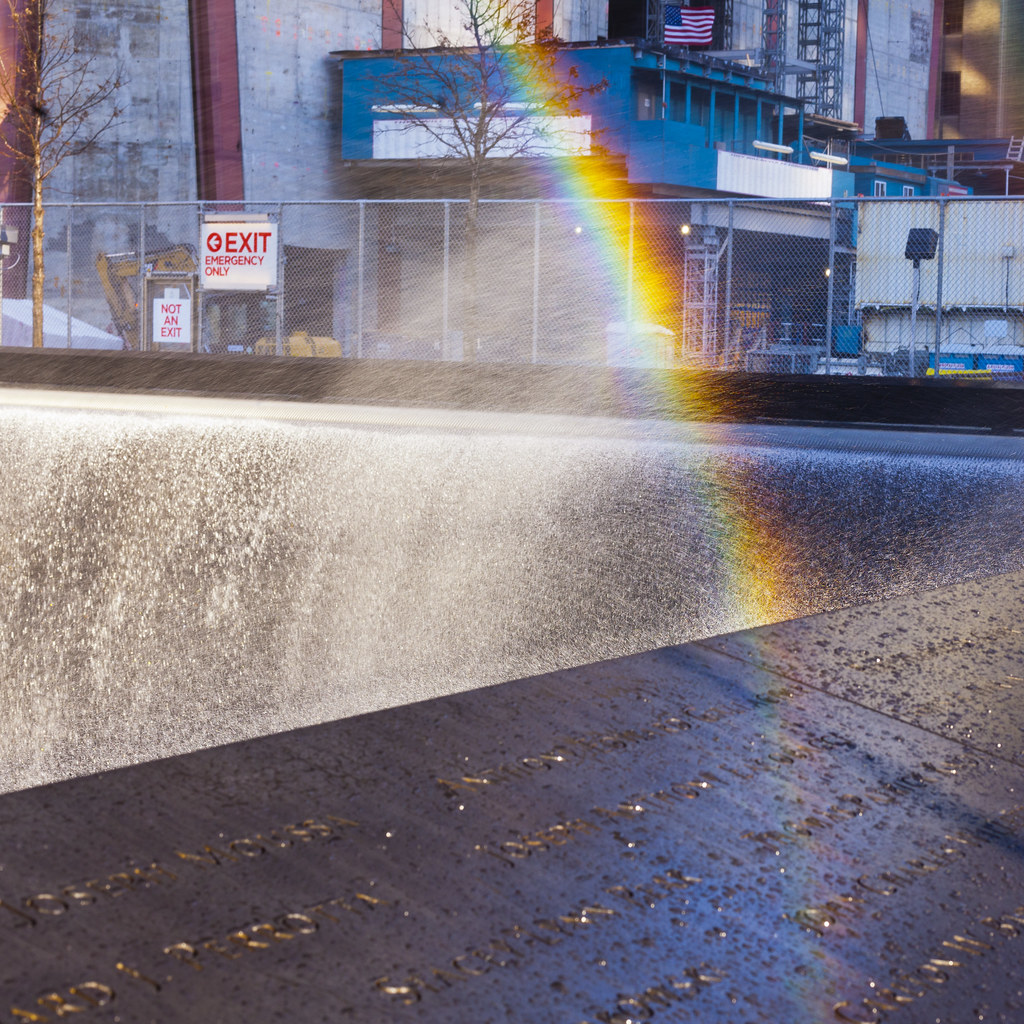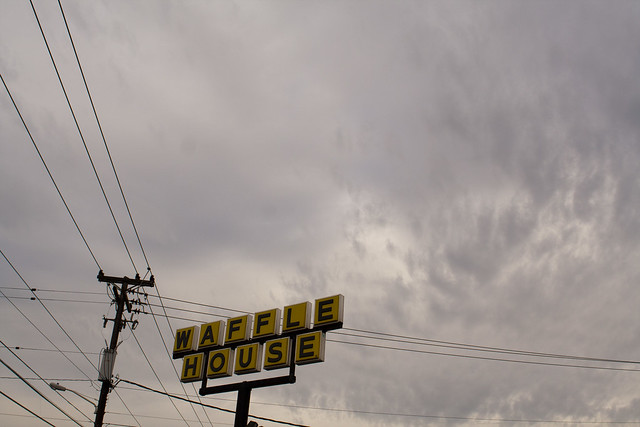Henry Ford, When Capitalists Cared
This:
At the same time, corporate profits were booming. In 2006, the year before the Great Recession began, corporate profits garnered the largest share of national income since 1942, while the share going to wages and salaries sank to the lowest level since 1929. In the recession’s aftermath, corporate profits have bounced back while middle-class incomes have stagnated.
Today the prevailing cut-to-the-bone business ethos means that a company like Caterpillar demands a wage freeze and lower health benefits from its workers, while posting record profits.
Globalization, including the rise of Asia, and technological innovation can’t explain all or even most of today’s gaping inequality; if they did, we would see in other advanced economies the same hyperconcentration of wealth and the same stagnation of middle-class wages as in the United States. But we don’t.
In Germany, still a manufacturing and export powerhouse, average hourly pay has risen five times faster since 1985 than in the United States. The secret of Germany’s success, says Klaus Kleinfeld, who ran the German electrical giant Siemens before taking over the American aluminum company Alcoa in 2008, is “the social contract: the willingness of business, labor and political leaders to put aside some of their differences and make agreements in the national interests.”
In short, German leaders have practiced stakeholder capitalism and followed the century-old wisdom of Henry Ford, while American business and political leaders have dismantled the dynamics of the “virtuous circle” in pursuit of downsizing, offshoring and short-term profit and big dividends for their investors.
Step-Free London Underground Map
I’ve discussed my series of maps called Accessible Transit which removes stations which are not accessible, including systems such as the London Underground, London Overground, New York City Subway. Maps represent corporeal objects, through convenient fictions – a representation which works for a majority of its users. But where are the maps for the disabled or those require additional accessibility? Wouldn’t the mother with newborn in stroller need a different map then those without the need to lug all the accoutrement’s of childhood? Equally, those in a wheelchair require a map different then one which the walking can use. I decided to rectify the situation by editing the maps of major metropolitan transportation systems, in order to create a map for those who are not represented on the official map.
It has come to my attention that Transport for London has a Step Free Tube Guide which illustrates stations where it is possible to get between the platform and street step-free, or change between lines step-free. Stations where this is not possible are shown in a light grey which is nice, but utterly incomprehensible.
Waffle House Index Measures Hurricane Recovery
The Waffle House Index is an informal metric used by the Federal Emergency Management Agency (FEMA) to determine the impact of a storm and the likely scale of assistance required for disaster recovery:
When a hurricane makes landfall, the head of the Federal Emergency Management Agency relies on a couple of metrics to assess its destructive power.
First, there is the well-known Saffir-Simpson Wind Scale. Then there is what he calls the “Waffle House Index.”
Green means the restaurant is serving a full menu, a signal that damage in an area is limited and the lights are on. Yellow means a limited menu, indicating power from a generator, at best, and low food supplies. Red means the restaurant is closed, a sign of severe damage in the area or unsafe conditions.
via Waffle House Index Measures Hurricane Recovery – WSJ.com.
Panos Kouvelis is the Emerson Distinguished Professor of Operations and Manufacturing Management at Olin Business School and has written about the The ‘Waffle House’ Emergency Level Index:
Both Home Depot and Waffle House are world-class examples in their Disaster Management and Humanitarian Response Planning Approaches. The challenges they face are many: predicting customer demand after a disaster event; providing product required to the affected stores in an accurate and timely manner; establishing appropriate and ethical prices for their products; and maintaining adequate work-force levels after the event. The philosophy of both companies in such situations is more or less the same: getting back into the affected areas, opening stores as quickly as possible, and helping the local economy to rebuild.
As the former Waffle House Restaurants CEO, Bert Thorton, said after a hurricane: “Nothing good can come from a closed Waffle House after a hurricane—not for us, not for the community, not for the associates.” As customers, we couldn’t agree more, and we are grateful for it. We will accept that we cannot get our order of an “over-medium plate scattered, smothered, covered, chunked, diced, topped, peppered, and capped” in their limited menu after the tornado, and we will acknowledge their priceless service of hot meals to law enforcement, emergency responders, and anxious locals.
What Facebook’s New Campus Design Tells Us About the Company
Facebook wants us to know that its values are Gehry’s values. Further evidence of a creative mindmeld: Gehry works in a warehouse; later, we hear that this design that so shares Facebook’s values will be like a “warehouse.” Facebook isn’t just saying we really get along with our architect. It’s identifying the type of creativity that it takes to run and grow a successful social media company with the type of creativity it takes an artistically serious architect like Gehry to design a building. The comment about wooden models is also a gesture at the valuation of craft — a central part of the artist’s work – that puts it on par with “state-of-the-art” software. Why might Facebook want to associate itself with tactility, with craft, and with the physical world — all those things that the Internet has been accused of disappearing?
What Facebook's New Campus Design Tells Us About the Company – Design – The Atlantic Cities.
The Next Generation of DIY Urbanism Projects: So Much Cooler Than Parklets
Park(ing) Day famously helped people all over the world re-envision the lowly parking spot, encouraging DIY urbanists for one day each fall to transform these spaces in their cities into parks, playgrounds, pop-up cafés – anything other than their intended use. The original idea, dreamed up by San Francisco-based urban design studio Rebar, went on to become a model urban prototype. The city of San Francisco adopted the concept for its “parklet” program. And now officially sanctioned parklets are popping up everywhere, most recently 2,000 miles away in Chicago.
The Next Generation of DIY Urbanism Projects: So Much Cooler Than Parklets.
Neil Armstrong, 1930-2012
Neil Armstrong was a true American hero: a small town Ohio boy; an Eagle Scout; a certified pilot as of age 15; an aerospace engineer; a naval aviator who flew combat missions in Korea; a test pilot; a pilot and commander on two Gemini missions; the commander of Apollo 11 and the first man on the Moon.
He slipped the surly bounds of Earth, put out his hand and touched the face of God so many times; once again surrenders to that embrace.
A Moveable Mosque
Deena loses her job and decides to start a daily photo blog with her free time. What results is an intimate glimpse in to a woman’s prayer and the personal struggle connecting with the Divine.
Visualizing The Racial Divide

Visualizing The Racial Divide by Jim Vallandingham:
Each city is made up of tracts from the 2010 Census. Census tracts are pushed away from neighboring tracts based on the change in proportion of white and black populations between each neighboring tract.
Tracts that have a similar racial mix as their neighbors form groups. Spaces occur where there is a significant change in the racial makeup between neighboring tracts. The space is proportional to the change in racial composition between neighbors (Read More).






